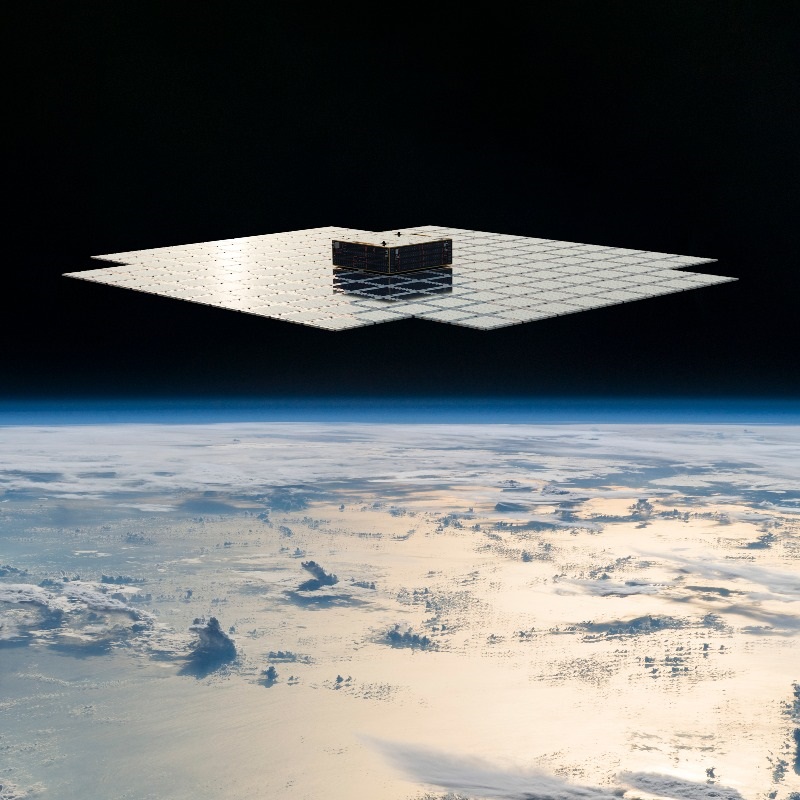Media release
From:
Astronomy: The night sky is becoming the bright sky
The BlueWalker 3 satelite, launched in 2022, has become one of the brightest objects in the night sky, according to observations reported in Nature. The findings add to ongoing concerns about the increasing challenges that ground-based astronomy faces as more bright satellites are launched into low Earth orbits.
Artificial satellites orbiting the Earth can appear as bright objects, as they reflect sunlight. Although satellite operators, astronomers and other users of the night sky are working on brightness mitigation strategies, the increasing number of satellites may impede efforts to perform Earth-based observations of space. One of the recent additions to the night sky is BlueWalker 3, a prototype communications satellite that was launched on 10 September 2022. It has a 64.3-m2 array, which represents a large surface area for reflecting sunlight.
To determine the effect of BlueWalker 3, an international observing campaign was conducted using both amateur and professional observations made from Chile, the USA, Mexico, New Zealand, the Netherlands and Morocco. Once the array was fully deployed, BlueWalker 3 was as bright as Procyon and Achernar (the brightest stars in the constellations of Canis Minor and Eridanus, respectively), report Sangeetha Nandakumar and colleagues. They observe that BlueWalker 3 periodically becomes hundreds of times brighter than the current International Astronomical Union recommendation (the Dark and Quiet Skies II recommendation, which suggests a maximum brightness for low-Earth orbit satellites to mitigate the effect of artificial interference on visibility).
The authors recommended that the critical evaluation of the effect of satellites on the space and Earth environments should be a part of launching authorization processes.



 New Zealand; International
New Zealand; International



